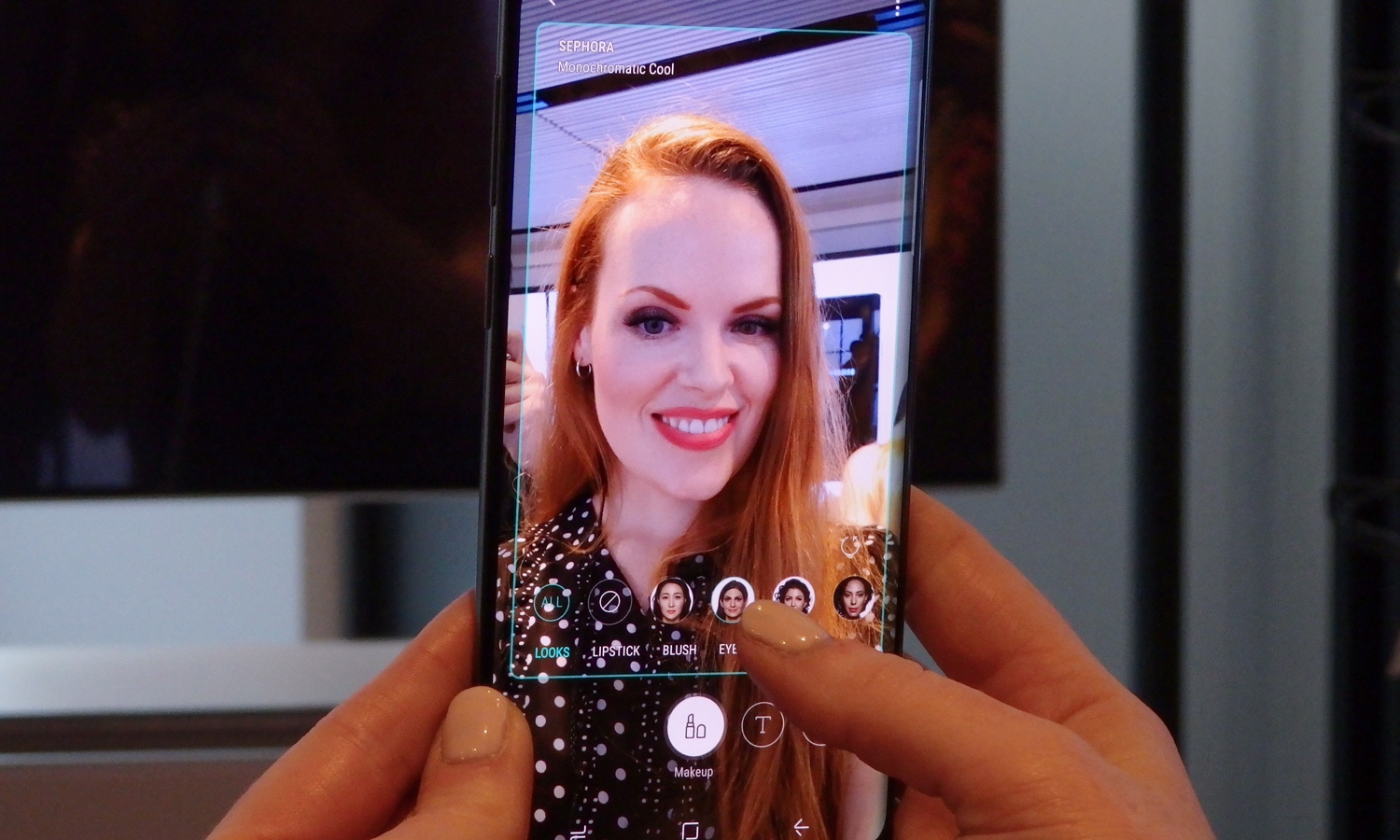Yup, the Galaxy S9 Is Gimmicky — And I’m Part of the Problem
The Galaxy S9 has a lot of features designed to wow, and I share some responsibility for perpetuating the incessant one-upmanship of Samsung and other phone makers.

Imagine if Samsung rolled out the Galaxy S9 and S9+ and merely launched it with a camera that performs vastly better in low light, a faster processor and slimmer bezels. That would count as a solid upgrade. But it wouldn’t be enough to create that “wow factor.”

What would Samsung put in its commercials? What would carriers demo to customers in their stores? And what would I show off on TV appearances?
That’s where special features like Super Slow-Mo video come in. They make the mundane look magical by slowing things down to 960 frames per second. The S9 and S9+ also introduce AR Emoji. Think of it as a 3D avatar of yourself that you can customize and share out as GIFs, the next generation of Bitmoji. They sort of look like you!
Gimmicky? Yup. And that’s really what audiences tend to want. I know, because I’ve been catering to that desire for years.
MORE: Galaxy S9 Hands-On: Killer Camera, But One Stumble
One of the most interesting parts of my job is that I regularly appear on TV (like CNBC and Fox Business) and online video channels like Cheddar. And I’m not going on camera to talk about specs. Producers of these shows want to show something exciting, ideally something a phone has never done before. And the Galaxy S9 has plenty of that, even if the execution of some of these features — AR Emoji in the case of the Galaxy S9 — isn’t stellar.
Other examples of wow-factor Galaxy S9 features include the ability to hold the phone up to a sign or menu and have it translate foreign languages in real time. The new text appears right where the old writing was. Yeah, it’s gimmicky, but also practical.
Want to try on makeup without going to a store? Samsung has partnered with Sephora to let S9 owners virtually wear lipstick, blush and even fake eyelashes via augmented reality and the front camera. If you see something you like, you can buy it right from the phone.

Some of these features are indeed “gimmicky, but crucial to Samsung’s brand as an innovator,” said Avi Greengart, research director for consumer platforms and devices at GlobalData. “The Galaxy S9 is an iterative product, but it is building off of a design that Samsung largely perfected the last time around.”
MORE: Galaxy S9 vs. Galaxy S9+: Which Phone Should You Buy?
Samsung isn’t the only one who has answered the gimmick siren song. Apple’s Animoji in the iPhone X aren’t the least bit utilitarian; they’re absolutely designed to star in TV ads, attract attention and go viral. Meanwhile, the Google Pixel 2 lets you squeeze the phone to activate Google Assistant and Google Lens for looking up info on places and things just by putting them in front of the cameras. Those are gimmicks that also happen to make your life easier.

If you ask me, some of the most valuable upgrades in the S9 and S9+ are lower key, such as the addition of stereo speakers, the much improved noise reduction in the camera and support for much bigger 400GB microSD Cards.
But those things don’t play well on camera. Gimmicks do. And some of them do add value. While it’s a blast for me to show these kinds of features on air, the best part of my job is judging which ones are worth your time — and which ones you should ignore.
Sign up to get the BEST of Tom's Guide direct to your inbox.
Get instant access to breaking news, the hottest reviews, great deals and helpful tips.
Mark Spoonauer is the global editor in chief of Tom's Guide and has covered technology for over 20 years. In addition to overseeing the direction of Tom's Guide, Mark specializes in covering all things mobile, having reviewed dozens of smartphones and other gadgets. He has spoken at key industry events and appears regularly on TV to discuss the latest trends, including Cheddar, Fox Business and other outlets. Mark was previously editor in chief of Laptop Mag, and his work has appeared in Wired, Popular Science and Inc. Follow him on Twitter at @mspoonauer.

